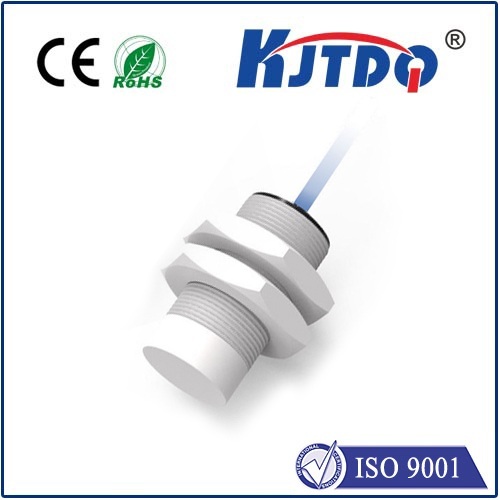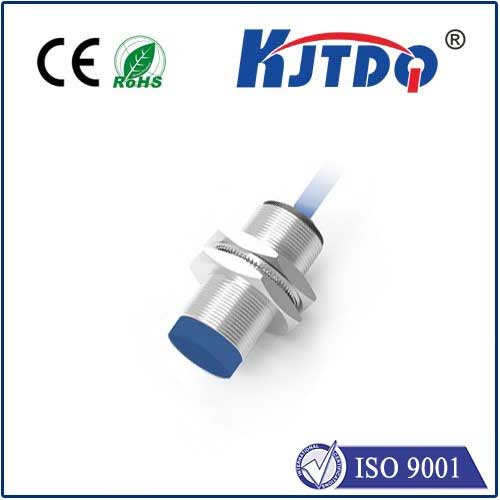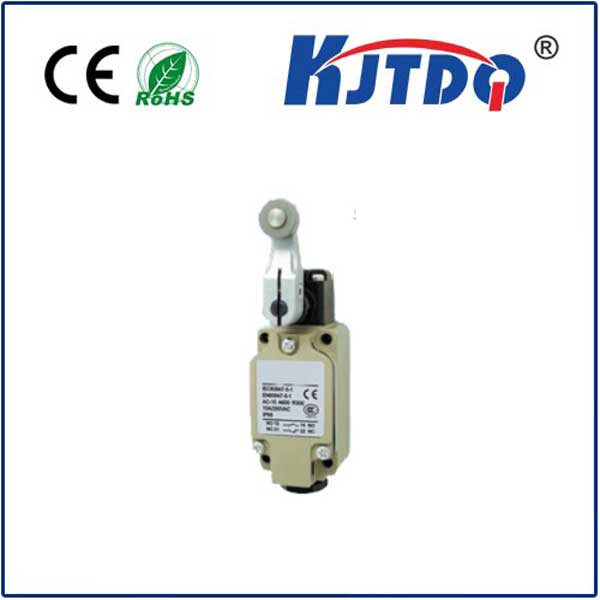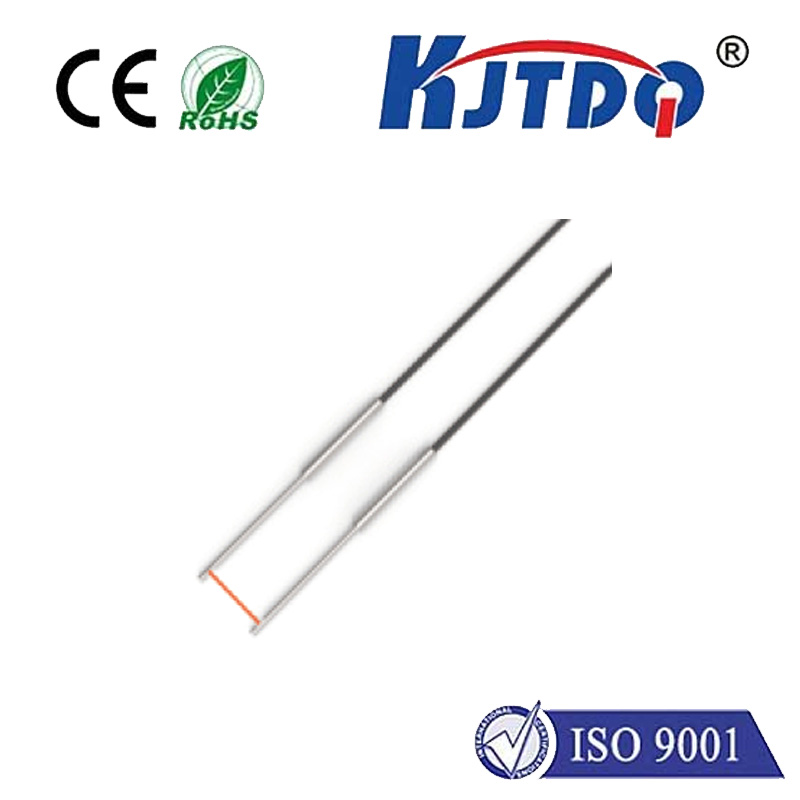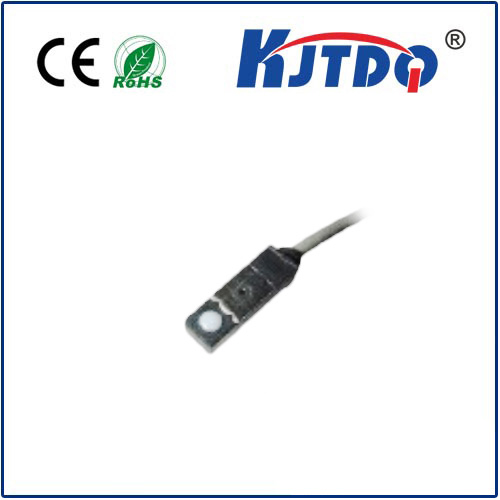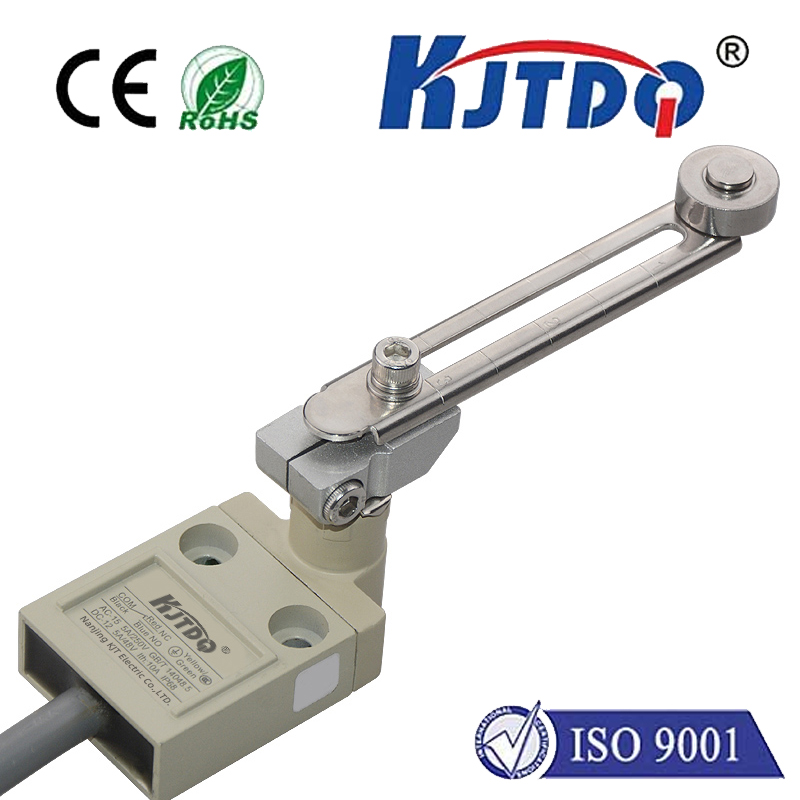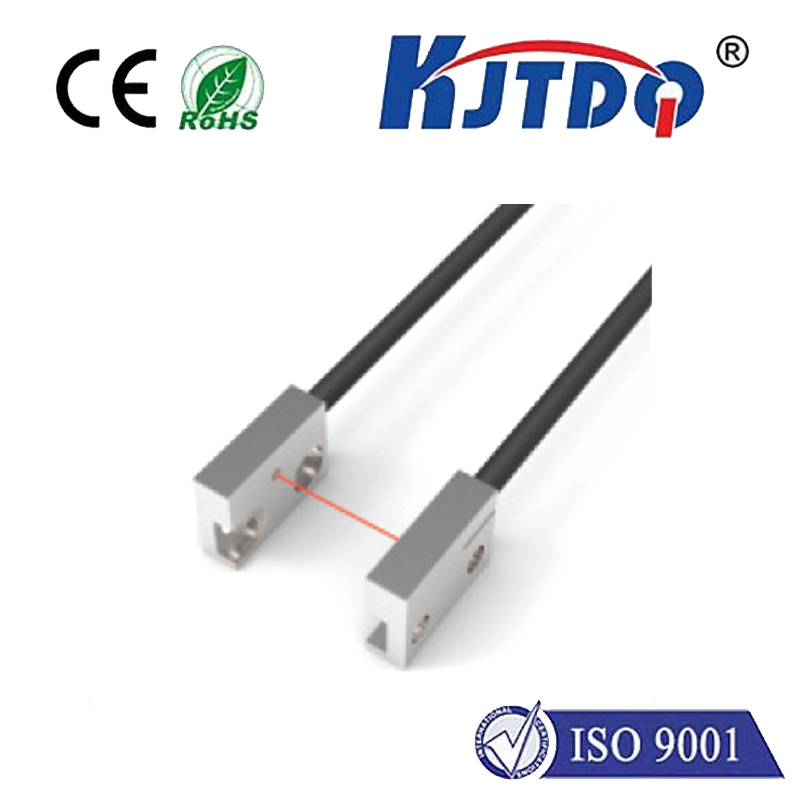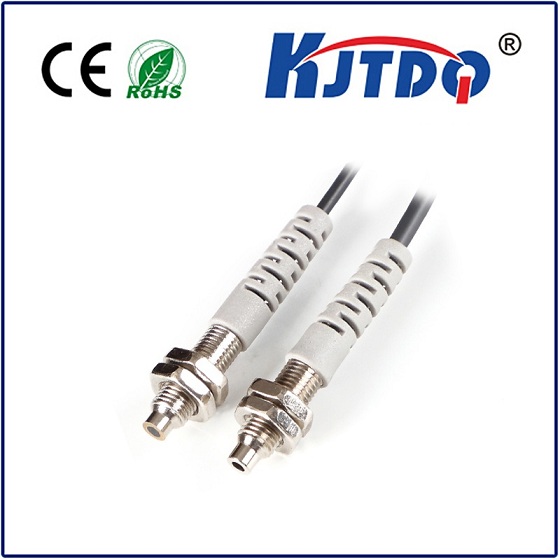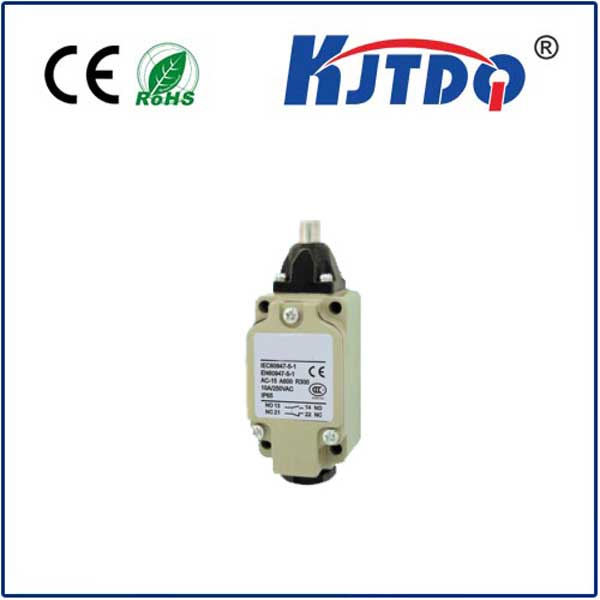

check

check

check

check

check

check

check

check

check

check
Discovering Precision, Durability, and Innovation in Non-Contact Metal Detection
Imagine a high-speed production line where robotic arms assemble components with millimetre precision. Ensuring every part is correctly positioned happens in milliseconds, unseen but utterly critical. Or picture a harsh manufacturing environment filled with dust, vibration, and temperature extremes, where equipment must operate flawlessly for years. In these demanding scenarios and countless others, Baumer inductive sensors stand as the unsung heroes of modern automation, providing the reliable, non-contact detection essential for safety, efficiency, and quality. As a leading global innovator in sensor technology, Baumer has consistently pushed the boundaries of what proximity sensors can achieve, making their inductive sensor range a cornerstone of industrial applications worldwide.
At its core, an inductive proximity sensor, like those expertly engineered by Baumer, operates on a fundamental principle: electromagnetic induction. The sensor generates a high-frequency oscillating electromagnetic field from its active face. When a metallic target (ferrous metals like iron or steel, or non-ferrous like aluminum, copper, or brass) enters this field, it induces tiny eddy currents on the target’s surface. These eddy currents cause a measurable change in the sensor’s internal oscillation amplitude. Sophisticated circuitry within the Baumer sensor detects this change and triggers an electronic switching signal (output), reliably indicating the presence or absence of the target without any physical contact. This inherent non-contact detection principle is key to their longevity and reliability.

The widespread adoption of Baumer inductive sensors across diverse industries – automotive, packaging, food and beverage, material handling, machine tools, and robotics – is a testament to their compelling advantages:
From detecting the position of a metal piston in a cylinder to confirming the presence of a bottle cap on a filling line, monitoring robotic arm end positions, counting metal parts on a conveyor, or ensuring machine guarding safety by verifying door closure, the applications are virtually limitless. Baumer inductive proximity sensors are fundamental in:
Choosing the right inductive sensor requires careful consideration. Baumer offers unparalleled variety, but key selection criteria include:
Baumer distinguishes itself through continuous innovation. Their commitment extends beyond basic proximity detection. Look for features like enhanced noise immunity for stability in electrically noisy environments, specialized models for challenging targets (e.g., small screws), sensors optimized for extreme temperatures (-40°C to +100°C+), and seamless integration capabilities with industrial networks via IO-Link or AS-Interface. The Baumer portfolio offers not just sensors, but comprehensive solutions designed to meet the precise and often challenging demands of modern industrial automation.
When reliability, durability, and precision in non-contact metal detection are non-negotiable, Baumer inductive sensors consistently emerge as the preferred solution. Their blend of robust construction, advanced technology, application-specific designs, and intelligent capabilities like IO-Link empowers engineers and technicians to build resilient, efficient, and high-performing automated systems that stand the test of time in the most demanding operational environments. They are far more than mere components; they are fundamental enablers of seamless, productive, and safe industrial processes.
